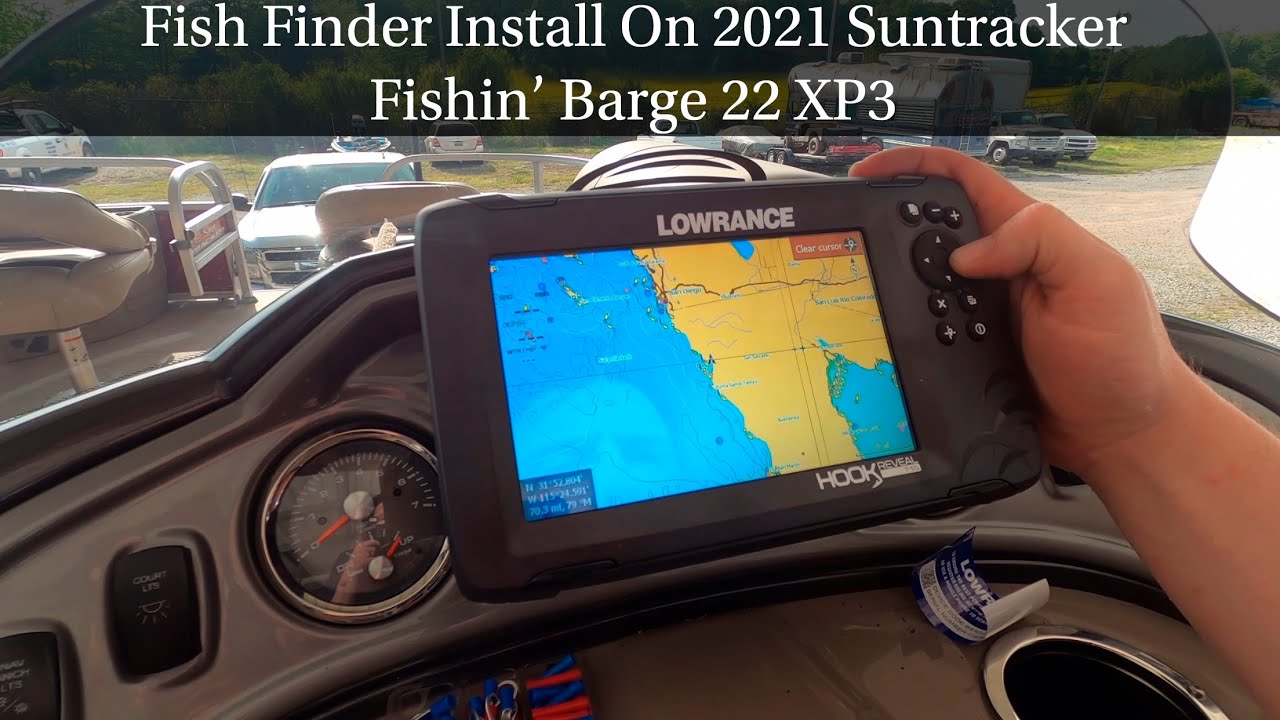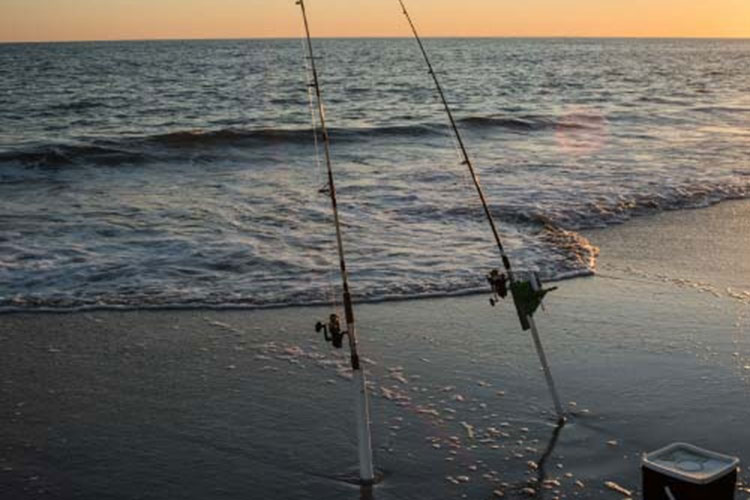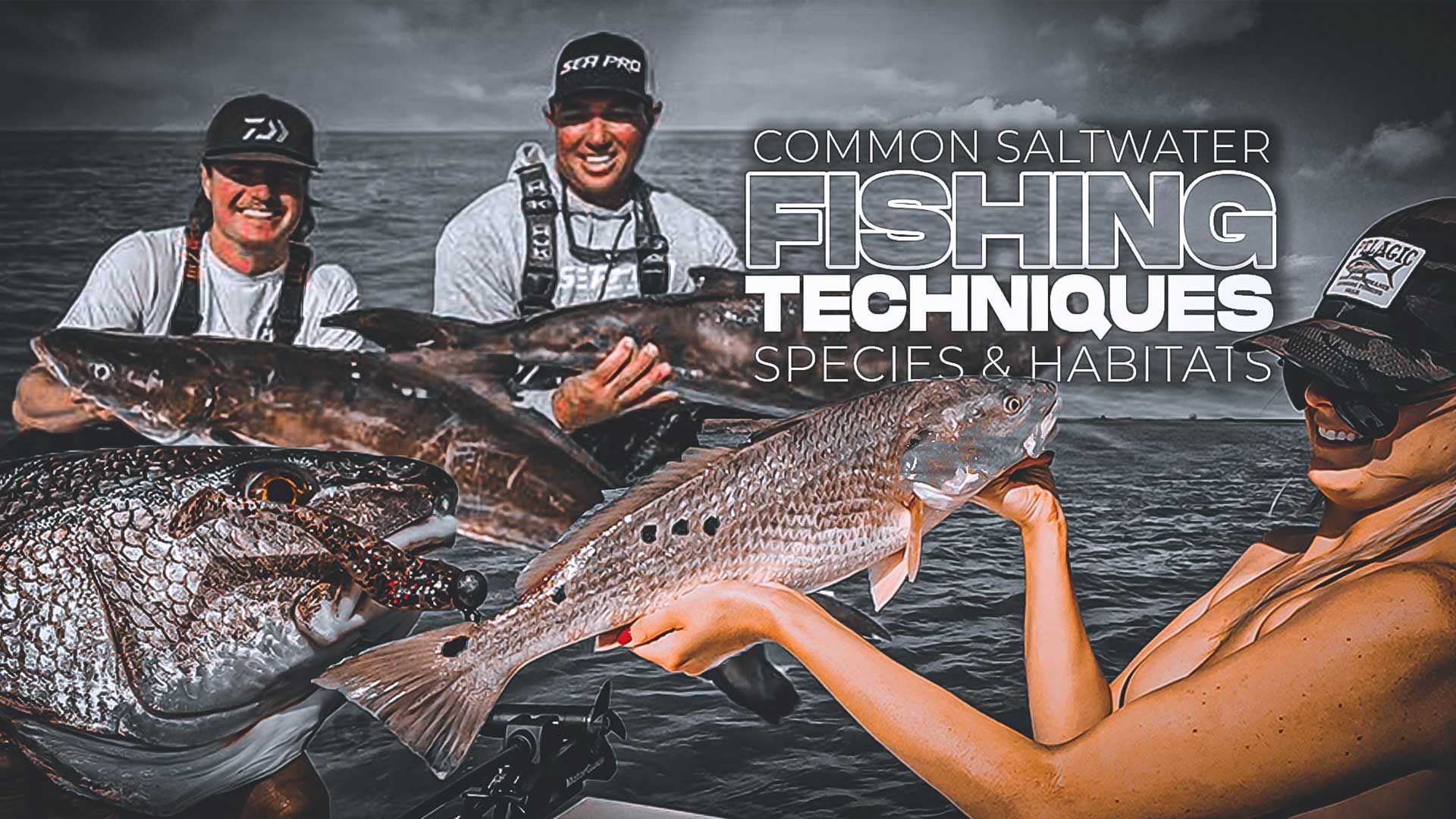A depth sounder measures water depth, while a fish finder detects fish and other underwater structures. Depth sounders and fish finders are two types of electronic devices used in marine navigation.
They both serve distinct purposes but share some similarities. A depth sounder, as the name suggests, is a device that measures the depth of water beneath a vessel. It uses sound waves to determine the distance between the water’s surface and the bottom.
On the other hand, a fish finder is a sonar device that detects fish and other submerged objects, such as reefs or logs. It works by emitting sound waves into the water and analyzing the returning signals to identify underwater targets. Both depth sounders and fish finders are invaluable tools for fishermen, boaters, and sailors, providing valuable information for safer navigation and successful fishing trips. However, they differ in their specific functions and capabilities. This article will explore the differences between depth sounders and fish finders to help you determine which device best suits your needs.
Understanding The Basics
A depth sounder is a device used to measure the depth of water beneath a boat or ship. It is often used by fishermen and boaters to determine the depth of the water and avoid hitting any submerged objects. On the other hand, a fish finder is a type of depth sounder that also detects fish in the water.
It uses sonar technology to send sound waves into the water, which bounce off objects and return to the device. By analyzing the returned sound waves, a fish finder can identify the presence of fish and even determine their size and location.
While depth sounders are primarily used for navigation purposes, fish finders are specifically designed for anglers to locate and catch fish. Understanding the differences between these two devices can help boaters and fishermen make informed decisions based on their specific needs.

Credit: www.amazon.com
Comparing Features And Functionality
Comparing the functionality and features of depth sounders and fish finders is essential for making an informed decision. Depth sounders use sonar technology to measure water depth accurately. They come with different display types, such as digital or CRT screens, to present the measurement data.
On the other hand, fish finders use sonar and imaging tools to not only determine depth but also locate and track fish. They often feature advanced capabilities like fish tracking, which allows you to monitor and analyze fish behavior. These devices offer various advanced features to enhance your fishing experience.
By understanding the technology behind depth sounders and fish finders, you can choose the one that best suits your needs and preferences.
Pros And Cons Of Depth Sounders And Fish Finders
Depth sounders offer accurate depth measurement, simple operation, and cost-effective options. However, they have limited fish tracking capabilities, lack imaging features, and potential interference issues. On the other hand, fish finders have advanced fish tracking, imaging capabilities, and detailed data interpretation.
Nonetheless, they come with a higher price range, steeper learning curve, and potential false readings. The choice between the two ultimately depends on the individual’s priorities and needs. Some may prefer the simplicity and cost-effectiveness of depth sounders, while others may opt for the advanced features and data interpretation provided by fish finders.
It’s important to consider these pros and cons when deciding which device best suits your fishing requirements.
Choosing The Right Fish Tracking Technology
Choosing the right fish tracking technology requires considering various factors. Firstly, take into account the fishing environment, whether it’s a lake, river, or ocean. Next, determine your budget and how much you are willing to invest in a fish tracking device.
Also, consider your fishing style, whether you prefer deep-sea fishing or shallow waters. To choose the right technology for your needs, it is essential to determine what you expect from a fish tracking device. Now, when it comes to comparing a depth sounder and a fish finder, both have their pros and cons.
Lastly, consider the must-have features that are important to you, such as GPS, sonar, or water temperature readings. By carefully evaluating these factors, you can make an informed decision and select the ideal fish tracking technology for your fishing adventures.
Case Studies: Real-World Applications
Case studies reveal the practical applications of depth sounders and fish finders in real-world scenarios. Angler A shares their firsthand experiences with depth sounders, while Pro Fisherman B provides valuable insights. Fish Finder Triumphs highlight success stories, and the Commercial Fishing Fleet C shares their journey using these tools.
Furthermore, Recreational Fisher D offers their testimony of how depth sounders and fish finders have enhanced their fishing experiences. These case studies showcase the diverse uses and efficacy of these devices, helping both professional anglers and recreational fishermen achieve their goals.
Whether it’s improved accuracy in locating fish or aiding in navigation, depth sounders and fish finders have proven instrumental in enhancing fishing efficiency and success in various settings.
Future Innovations In Fish Tracking
Future innovations in fish tracking are paving the way for exciting advancements in the industry. One trend to watch is the integration of fish finders with GPS systems. This combination enables anglers to not only locate fish but also navigate to the best fishing spots.
Another exciting development is wireless connectivity, allowing fish finders to transmit data to other devices in real-time. This feature provides convenience and accessibility for anglers on the go. A third trend worth noting is the implementation of artificial intelligence in fish tracking.
AI technology can analyze data and provide insights on fish behavior and patterns, giving anglers an edge in their fishing strategies. These trends highlight the potential for more sophisticated and efficient fish tracking systems in the future.
Frequently Asked Questions For Depth Sounder Vs Fish Finder
Q: What Is A Depth Sounder And What Does It Do?
A: A depth sounder is a device used to measure the depth of water beneath a boat or vessel. It uses sound waves to determine the distance from the surface to the bottom of the water. It helps boaters navigate safely and avoid running aground.
Q: What Is A Fish Finder And How Does It Work?
A: A fish finder is a tool used by anglers to locate fish underwater. It uses sonar technology to send out sound waves and then measures the time it takes for the sound waves to bounce back. By analyzing the echoes, the fish finder can identify and display fish, underwater structures, and the depth of the water.
Q: How Are Depth Sounders And Fish Finders Different?
A: While both depth sounders and fish finders use sonar technology to measure depth, fish finders have added capabilities specifically designed for locating fish. Fish finders can display fish arches, track fish movements, identify different species of fish, and provide other fishing-related data.
Depth sounders, on the other hand, focus primarily on measuring water depth.
Q: Can A Depth Sounder Be Used As A Fish Finder?
A: While a depth sounder can provide some basic information about the presence of fish, it lacks the advanced features and capabilities of a dedicated fish finder. A depth sounder may show the depth where fish are likely to be found, but it cannot specifically target or identify fish like a fish finder can.
Conclusion
After comparing the depth sounder and fish finder, it is clear that both devices have their own unique advantages and applications. The depth sounder excels in providing precise depth measurements and is ideal for boaters who primarily navigate in areas with known depth variations.
On the other hand, the fish finder offers a broader range of features, such as fish detection and bottom structure identification, making it a valuable tool for anglers. Additionally, fish finders often provide advanced imaging technologies like CHIRP and DownScan, allowing users to get a detailed view of underwater environments.
Ultimately, the choice between a depth sounder and fish finder depends on your specific needs and preferences. For boaters who prioritize navigation accuracy, a depth sounder may be the better option. Meanwhile, anglers looking for detailed fish detection and underwater imaging capabilities may find a fish finder more suitable.
By carefully considering your requirements, you can select the device that enhances your boating or fishing experience.





